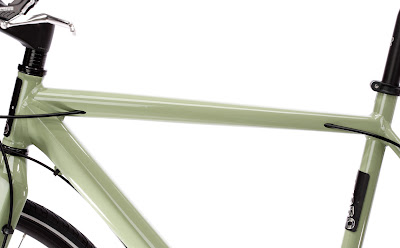 If you are a cyclist and have any pleasure of comics at all - you'll most probably love the Yehuda Moon series by Rick Smith. It's available online for free, but can also be ordered as a collection in two paperback books.
If you are a cyclist and have any pleasure of comics at all - you'll most probably love the Yehuda Moon series by Rick Smith. It's available online for free, but can also be ordered as a collection in two paperback books. Frankly, I must admit I don't know much about Rick Smith - and only recently stumbled upon the series about Yehuda Moon and his work and life at Kickstand Cyclery.
In short: I love it. Rick Smith obliviously knows the ways of the bike shop life, and not only delivers solid artwork - he also manage to combine humour and bicycle activism in his very own way.
Besides: Any cartoon revolving around utility bicycling, cargo bikes and alternative transportation deserves a big plus in my book...
You may read the strips online, and it's up to you whether or not you want to donate or pay a monthly subscription fee to support the cartoonist's work. So far, the strips are collected in two books that can be ordered on this site.

Here's how he introduces the second book collection of his strips, published February 2009:
"Yehuda Moon lives on his bicycle. With his buddy Joe, the intrepid Moon runs the Kickstand Cyclery, a bike shop that caters to a variety of bicyclists. Together, they advocate for the bicycle as a means of transportation and fun. This is the first album of collected comic strips. You’ll meet a bevy of characters whom Yehuda and Joe encounter: the bike ninja, the bike hypochondriac, their elderly compatriot Fred, the Shakers who build the bicycle frames, neighborhood kids starting riding clubs, roadies, commuters, and many more."
Recommended!
Follow Yehuda Moon on Twitter
VIEW FULL ARTICLE > > >




















































